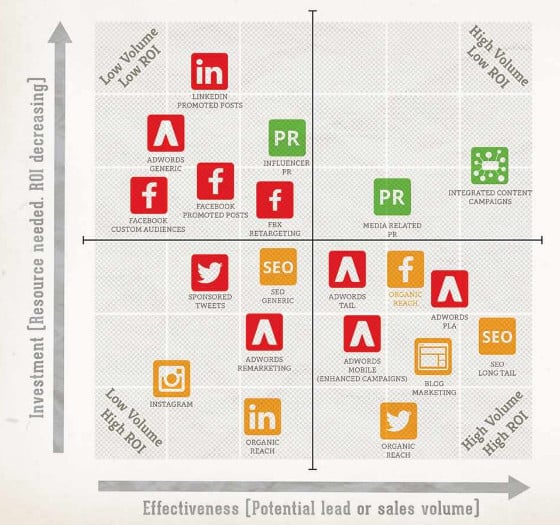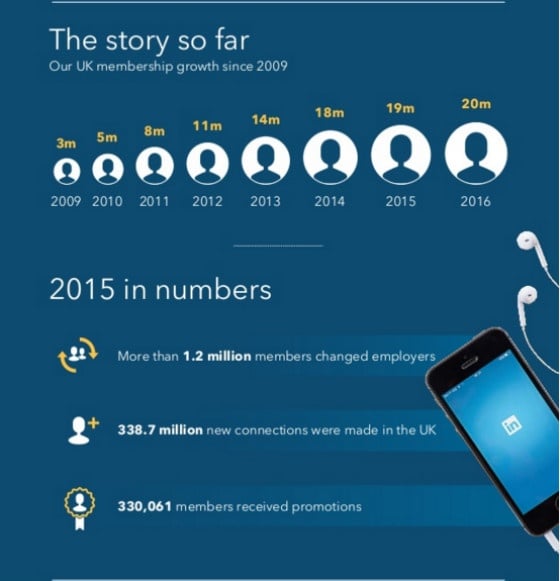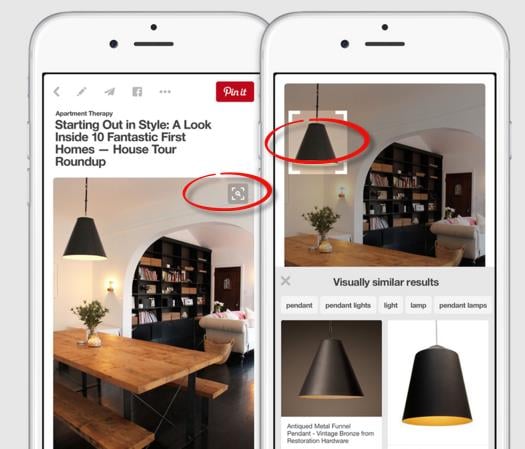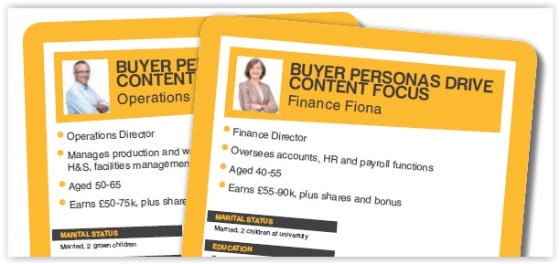The Perfect Persona - Are Your Personas Fit For Purpose?
Dr Dave Chaffey talks customer personas. How effective are yours? Find out more about what Dave recommends.
Read moreMake 2016 a year of great content marketing. Plan your content calendar to include these five key elements to deliver great content, build team collaboration, measure success and get your message out there.
We may be in summer holiday mode right now, but 2016 will be here before you know it. John Lewis are already teasing us with their plans to launch their Christmas ad via social media – proof that they are working to a tight, pre-planned calendar of marketing content. If they can do it, you can too (cuddly penguins optional).
Read on to learn our five key elements to creating a great content calendar and get planning for the New Year.
This should be the hub of your entire content schedule. Here, you can plan out important dates in the coming weeks or months, and populate your calendar with appropriate blogs, press releases, eBooks, email campaigns, infographics, and website content. Include an ‘Outcomes’ column to show what worked and what didn’t. This will prove invaluable for creating your 2017 content calendar – yes, we are thinking that far ahead!
Use your content calendar as a forum for collaboration, brainstorming and resource management.
Encourage everyone and anyone to be a part. They might not want to write a blog, but they might be able to provide good background information, statistics or product knowledge.
Foster a collaborative culture, where everybody shares ideas via the content calendar. Then plan out who will write what and when, what resources are available, who is your target persona and what are your outreach targets.
Most social media management tools include some functionality for scheduling
tweets, posts and updates. These are great, but it is still useful to map out your social strategy on your content calendar. This will make sure your social activity is aligned with your content strategy.
Planning and tracking will help you see what social mediums work best for your message, and what is the favourable time of day to get your messages out.
Also, think about the tone and presentation of your message. Facebook posts can be fun and quirky, but that approach might not work so well on LinkedIn, for example.
Use your content calendar as a place to store details of key contacts and influencers. Use these people to underline your brand’s authority and expand its reach. Remember, a third party endorsement is invaluable.
Use this part of your content calendar to track the progress of your relationship with these crucial contacts.
Remember, this is an organic file, so be sure to add new contacts and reach out to other team members to add in their key influencers too.
How do you measure the value of all your hard work? There are many ways to effectively report on progress. Build in a reporting dashboard to your content calendar and use it to track the success or failure of your tweets, emails, Facebook posts or LinkedIn articles.
Take this a stage further and report on metrics for individual blogs. Using Google Analytics, you can map out visits and views to see what posts received the most traction.
For emails, pull data on open rate and click-through rate. Soon a pattern will emerge showing what type of email sent and what time of day receives the best response.
Sharetally is another great resource for calculating social activity.
Plan ahead and build out your content calendar well in advance. Remember, this is an organic document, let it grow and encourage other team members to share their ideas and input their contacts and influencers.
Download your free Editorial Calendar template and get started. Remember, ‘failure to plan is to plan to fail’, so get started today.
This post is adapted and abridged from our FREE white paper– Editorial Calendars for Content Markets. You can read the full version by downloading your copy today.
More articles you might be interested in:
Dr Dave Chaffey talks customer personas. How effective are yours? Find out more about what Dave recommends.
Read more
Driving a lot of traffic to your website, but struggling to convert your traffic to leads?
Read more
Dr. Dave Chaffey considers what digital marketing tactics businesses should adopt for 2017, with content marketing once again proving a major focus...
Read more
Amy Dugmore brings you all the latest updates on LinkedIn, Kenshoo, Whatsapp, Facebook, and Pinterest in this week's social media news roundup.
Read more
Lisa Coghlan brings you all the latest social media marketing news from the past seven days, including Instagram’s new Partner Program, Pinterest...
Read more
Now is the time to start planning your content marketing strategy for 2016. However, before you start populating your editorial calendar, there’s...
Read more
Dr. Dave Chaffey explains why having a Content Marketing Plan in place is vital to success
Read moreDo you want to create an infographic but don’t know where to start? Read on as Charlotte Howell reveals her top tips and considerations for producing...
Read more